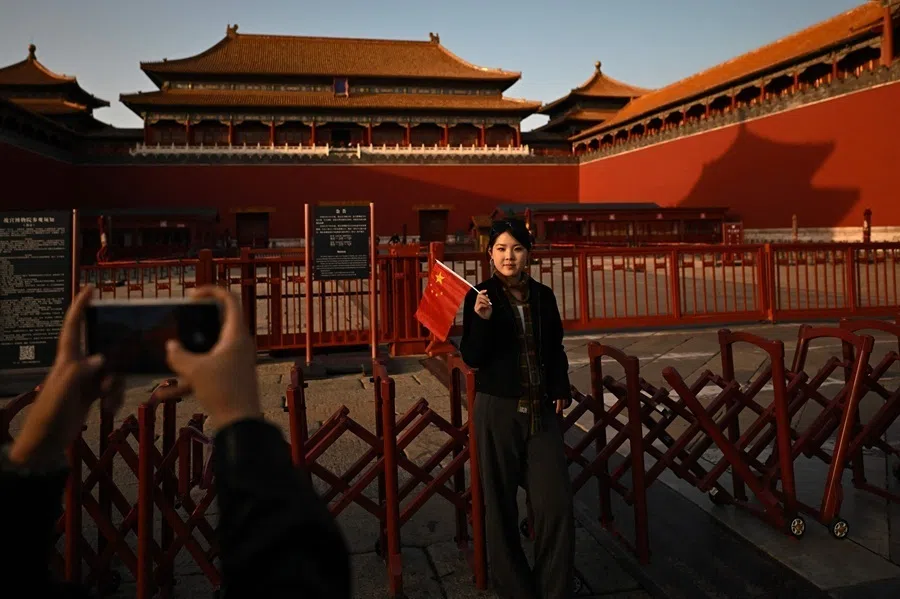China's growing north-south gap: Can the north catch up?
Zaobao correspondent Yu Zeyuan notes the growing gap between northern and southern China in terms of economic and population growth, as businesses and people become more concentrated in the south. How will the central government tackle this imbalance?
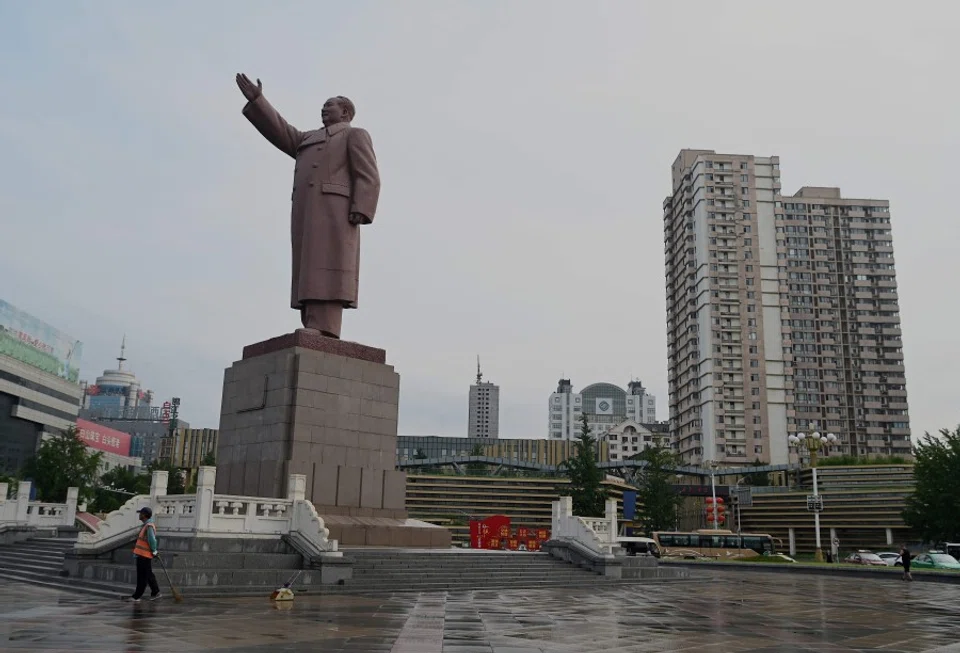
Visitors to Hainan will find that in cities like Sanya and Haikou, local accents are seldom heard. Instead, northern accents are common, especially northeast Chinese dialects, which are frequently heard among street vendors and ride-hail drivers. Some statistics show that among the nine million or so people in Hainan, about one million are from northeast China, while northeast Chinese make up about 67% of non-locals in Sanya.
It is not just the northeasterners. More and more people are moving from northern and northwest China to southeast China. Over the past ten years, the population of northern China has grown by 2%, while the population of southern China has grown by 8.5% - the gap is clear.
On the surface, it seems that the climate in southern China is more liveable, prompting those in the north to move south; in fact, it reflects the growing gap in development between northern and southern China.
North-south divide a cause for concern
Some may think that compared to China's rural-urban gap and east-west gap, the north-south gap has been exaggerated, and the so-called issue of "strong south, weak north" is not serious and is even a false premise. However, in recent years, the north-south gap has gained increasing attention among the people and in academic circles.

On 8 September, at the China Macroeconomy Forum (CMF) organised by the National Academy of Development and Strategy at Renmin University of China, CMF member Liu Xiaoguang presented a report focusing on the growing north-south gap.
The report used the Qinling or Qin Mountains and the Huai River as boundaries to divide mainland China's 31 provinces (including direct-administration municipalities and autonomous regions) into 16 northern and 15 southern provinces. The report said over the past ten years, whether in terms of total or per capita economic volume, the gap in economic development between northern and southern China is growing and entering a period of rapid imbalance with no sign of easing up in the short term, and this increasing gap is due to stagnation of industrial growth, investment growth, and research innovation in northern China.

In terms of exports, the gap between northern and southern China is also growing. Currently, over 80% of China's exports comes from the south, and only 20% from the north. In R&D, between 2008 and 2009, the difference between north and south in terms of spending, manpower, and projects was more than double; it has since increased to about three or four times now, with no growth in spending and manpower input in recent years in northern China.
The north-south gap in industrial growth is also widening. In 2020, production of secondary and tertiary industries in southern China was 1.96 times and 1.8 times that in the north. Specifically, industrial production in the south is twice that of the north; in terms of tertiary industries such as wholesale and retail, hospitality and F&B, property, finance and insurance, southern China is obviously doing better than the north.

Meanwhile, China's population is also moving more rapidly from north to south. The sixth population census in 2010 showed that the population in northern China grew by 5.9% since 2000, a little bit faster than the south. However, the seventh census in 2020 showed that the population in northern China only grew by 2% over the past 10 years, far lower than the 8.5% population growth in the south.
In addition, the northern region's economy is facing greater challenges. In 2020, apart from Hubei province that was the most badly affected by the Covid-19 pandemic, the regions with low economic growth and high debt risk are all northern provinces, while the regions with high growth and low risk are mainly major southern provinces such as Zhejiang and Jiangsu.
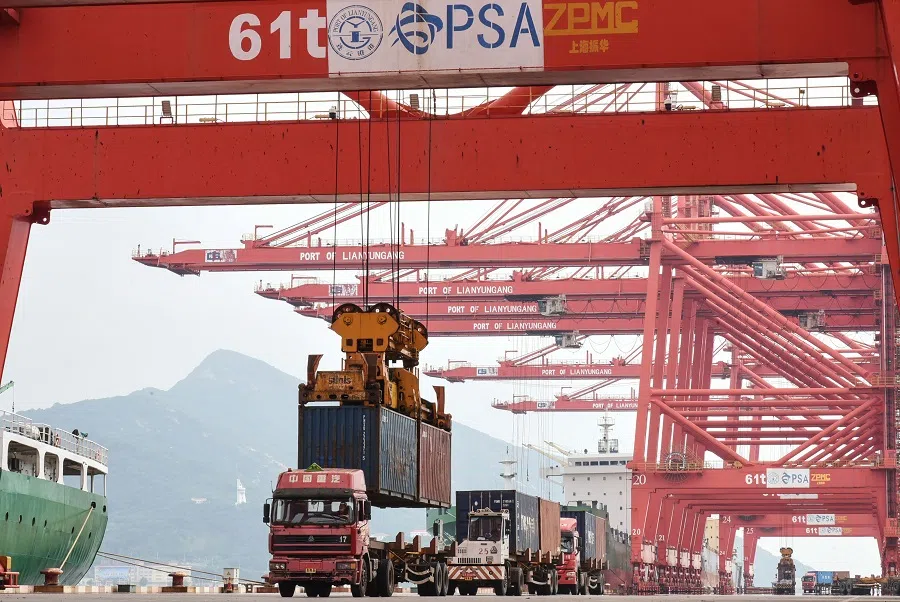
Furthermore, judging from the regional growth poles of the Guangdong-Hong Kong-Macau Greater Bay Area, the Yangtze River Delta region, and the Jingjinji Metropolitan Region (Beijing-Tianjin-Hebei), the northern economy is reporting almost zero growth. Also, the Yangtze River Delta region is doing the most in driving the growth of its surrounding regions, while the effect of the Jingjinji region is poorer in this aspect.
In comparison, local governments of the southern region are more tolerant of different market entities and tend to implement more flexible economic policies, leading to a more conducive business environment than the north.
The North will pull down domestic circulation
The report pointed out that the north-south gap will first and foremost affect the promotion of "common prosperity". Due to a slowdown in economic growth and continued population outflow, the northern region would face a more severe ageing population than the south, which would in turn lead to manpower shortages and increased pressure on the pension system. The widening north-south gap would also impede the formation of a large domestic circulation. China's economic cycle has already changed from "international-south-north" to "international-south-south" - not only has the northern region lost its participation in the international cycle, its cycle with the south is also slowing down.
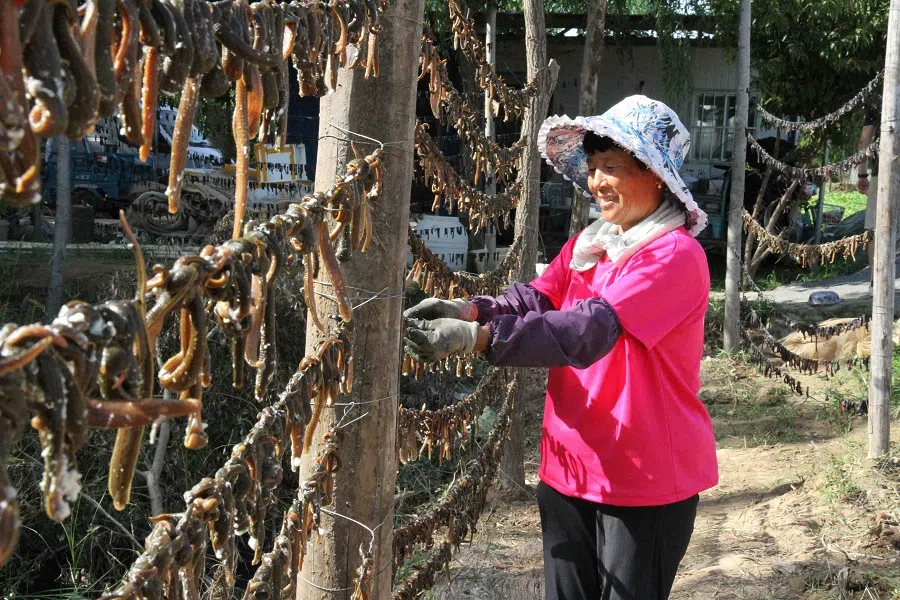
While people are aware of the widening north-south gap, the harsh reality as described in the report is still beyond people's imagination.
The gradual southward shift of China's economic centre of gravity began as early as the end of the Han dynasty. Successive feudal societies constructed the Grand Canal spanning from Beijing to Hangzhou to transport richer resources of the south to major northern towns. Since modern times, commercial and entrepreneurial activities are also far more active in the southeastern coastal regions than in the north. Following the founding of the People's Republic of China in 1949, industrialisation, modelled after the Soviet Union's planned economy system, was promoted, and numerous industrial cities sprung up in the north. The industrial output of the northern region was once much higher than that in the southern region.

Following reform and opening up in 1978, China's economy began attaining international standards. Southeastern coastal cities such as Shenzhen and Xiamen became special economic zones, private enterprises began to flourish in the south, and the southern economy achieved rapid growth. The northern region saw its fair show of economic growth. However, following the depletion of resources and increased environmental pressure, many industrial cities in the north, especially the northeast, experienced great difficulties in their transformation processes. The north-south economic gap reappeared and grew wider.
In fact, the south's rapid development has already shown the north that the key to success is in building a truly service-oriented government, creating a legal business environment, and doing everything possible to stimulate the vitality of market entities.
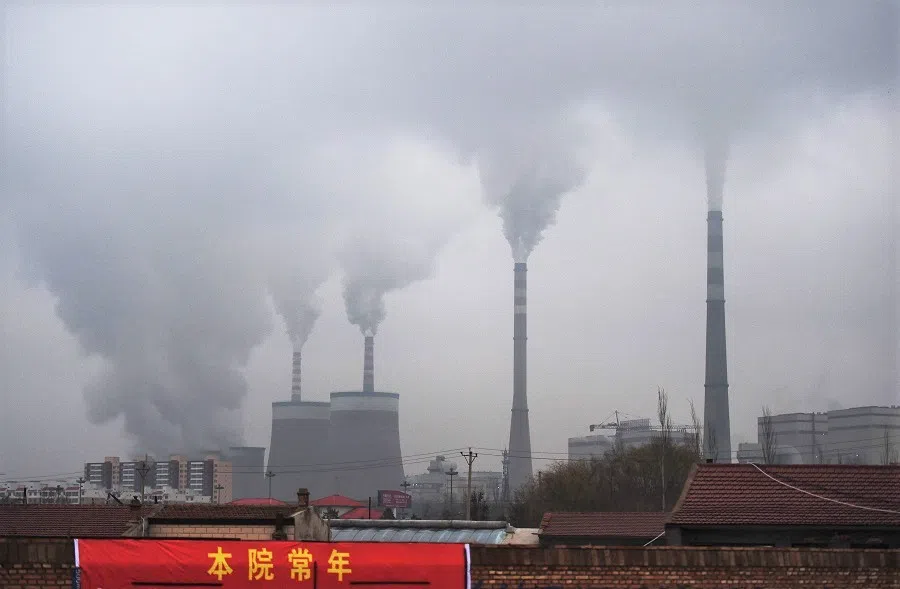
Apart from factors such as history, geography and climate, business and cultural environment, as well as policy direction, are also important reasons for the accelerated expansion of the north-south gap. In comparison, local governments of the southern region are more tolerant of different market entities and tend to implement more flexible economic policies, leading to a more conducive business environment than the north. On the other hand, the northern regions are more bureaucratic and heavily rely on strong networks of reciprocal relationships (关系 guanxi). As a result, private enterprises find it difficult to grow, and economic growth can hardly be sustained.
To balance the north-south gap, it is impossible to demand that the southern region slow down to wait for the northern region to catch up. In fact, the south's rapid development has already shown the north that the key to success is in building a truly service-oriented government, creating a legal business environment, and doing everything possible to stimulate the vitality of market entities. Of course, these measures are easier said than done.
Related: China's massive north-south gap in the cultural and economic realms | Can China revive its poorer western provinces? | Overcoming uneven growth in China's poorer western provinces: Potential and challenges | The Yangtze River Delta region: Promoting economic integration amid provincial competition


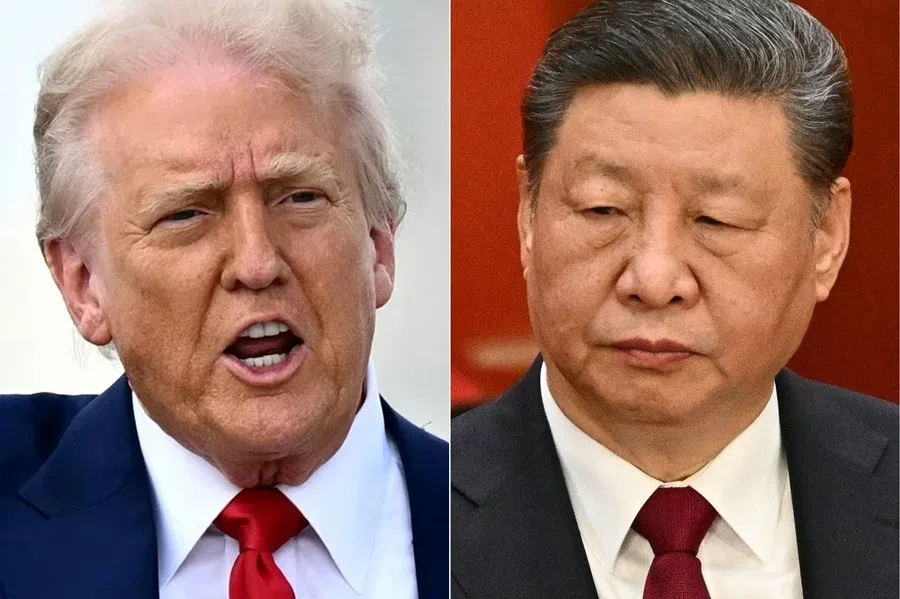
![[Big read] Prayers and packed bags: How China’s youth are navigating a jobless future](https://cassette.sphdigital.com.sg/image/thinkchina/16c6d4d5346edf02a0455054f2f7c9bf5e238af6a1cc83d5c052e875fe301fc7)

